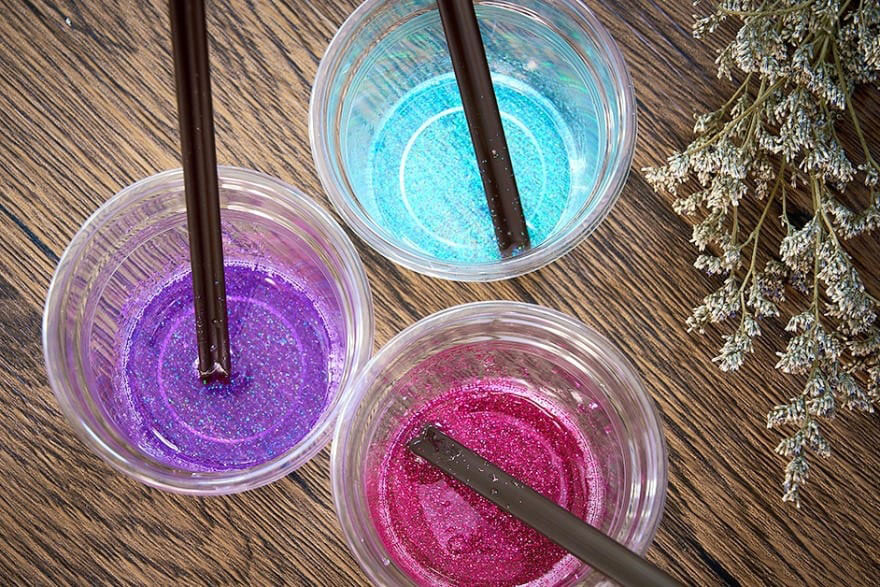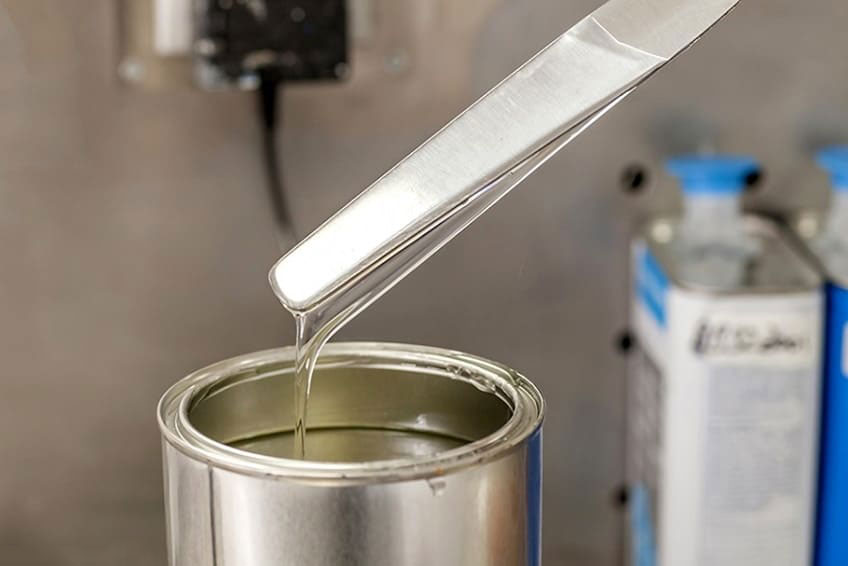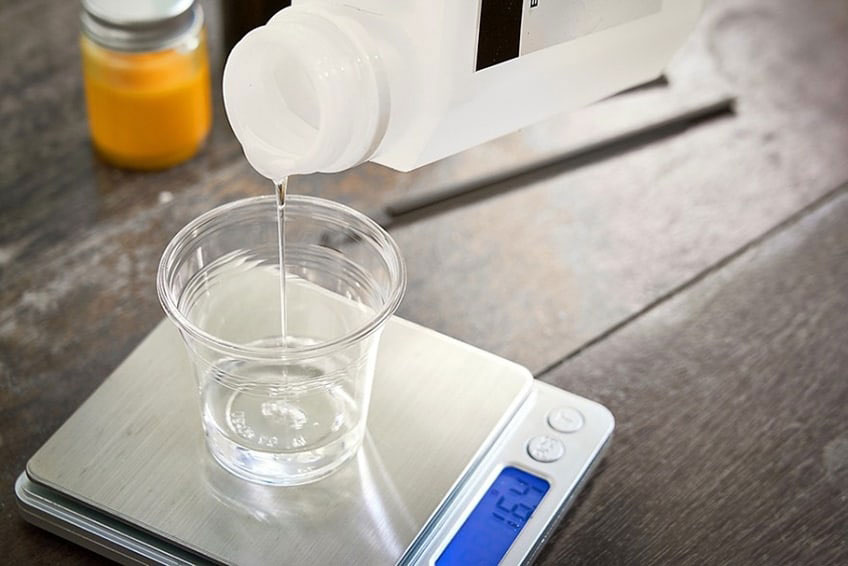What is Resin? Resin is a distinctive name that is given to a natural organic compound in liquid form, consisting of two-component parts. When the resin is combined with the hardener a chemical reaction takes place binding the molecules of the resin forming a solid, durable plastic substance. What is resin made of? In easy to understand terms, resin is just another extravagant word for solid plastic. Resin can be molded into various shapes and forms and is used in many DIY, or craft projects but is also used in industrial and commercial projects.
A quick Review of what Epoxy Resin is Used for
Epoxy Resin is a durable hard product that has the following properties:
- Excellent adhesive strength
- strong mechanical qualities
- great chemical resistance
These properties allow epoxy resin to be applied in many areas:
- Insulate electronic and electrical components
- For coating metal
- General-purpose glue
- A variety of projects for arts, DIY, and crafts
- Fiber reinforcing plastic material
- Electrical insulators
- Making soft sandy areas more solid where drilling operations are being performed
- Inflexible foam
- A binder for mortar and cement
- Embedding or potting methods
- Coatings used in the industrial sector
- Coatings that are not slippery

Epoxy Resin is also used in other industrial applications like paints, sealants, varnishes, castings, and caulking compounds.
Epoxy Resin is better than many other resin types, as it has exceptional chemical and moisture resistance. Also, during the curing time, it shows low shrinkage. Resin also possesses excellent insulation and electrical capabilities, has a lengthy shelf life, and is resistant to impact. It is also extensively used in molding parts due to its varied property range, offering numerous reinforcements and combinations.
Epoxy Resin differs from Polyester Resin concerning its curing process. Epoxy Resin is cured by adding a hardener agent, whereas a Polyester Resin is cured by using a catalyst. Epoxy Resins bond to various materials a lot better than other resins, but remember, epoxy resin is not always waterproof. It is not advisable to use epoxy resin underwater for a long time and as such is not applicable for use in the marine industry.
The two-part component epoxy glue, superglue, and fiberglass bonding compound all represent types of resins. Many individual parts of plastic toys are manufactured when the resin is injected into the mold and forms a plastic section, employing the polymerizing process. This method is used because the resin flows naturally before polymerization, making it easier and cheaper to perform than the conventional molten plastic process.
Some Epoxy Chemistry
What is Resin made of? They are thermosetting polymer resins; hence the resin molecule comprises single or multiple epoxide groups. You, as the user, can adjust the chemistry to achieve the correct viscosity or molecular weight you need.
Whats Resin? We have 2 key or main epoxy types:
- Glycidyl Epoxy
- Non-Glycidyl Epoxy Resins
These two types of Epoxies can be expanded further as:
- Glycidyl-amine, Glycidyl Ester, or Glycidyl Ether
- Cyclo-aliphatic Resins or Aliphatic resins
Whats Resin made of? One of the best and well known Glycidyl Epoxy Resins is formed when using Bisphenol, A (BPA) and is blended in a reaction using Epichlorohydrin, a liquid organochlorine compound. All the other types of Epoxies that are often used are called Novolac Based Epoxy Resins.

When a curing agent known as a ‘hardener’ is added to the Epoxy Resin, the mixture will then cure. The best known curing agent type is Amine-based. When considering the Vinyl Ester or Polyester Resins, they require a small amount (1 to 3%) of catalysts to be added for curing purposes. However, the Epoxy Resin needs a higher addition of a hardener or curing agent to set, the ratio of hardener to resin in most cases 1:1 or sometimes 1:2. You can increase the durability of the Epoxy Resin by adding thermoplastic polymers.
Epoxy Resin History
What is a Resin has been established, now let us look at how it all came about. Resin originally came from the Pine tree and in the stone-age era, the people then made use of the resin as a form of glue. This is essentially how we do it today.
They would cut the bark of the tree and the sap would run out, and this was the resin they used. This sap or resin eventually set into a solid mass on the tree. If you had to cut a tree, the sap is a type of resin that will set hard. This turns liquid at about 100°F and as it cools, it solidifies and cures. If you are interested in this process and how the resin is harvested, YouTube has ample videos to show you the entire procedure.
Apart from the Epoxy Resins we also have Thermoset Resins, which means they do not melt. Normally they are a 2-part system that needs a catalyst to set off the polymerization process, forming a long chain of molecules. These Resins originate from the petrochemical field. Yet, others originate from natural sources such as oil from crops.


